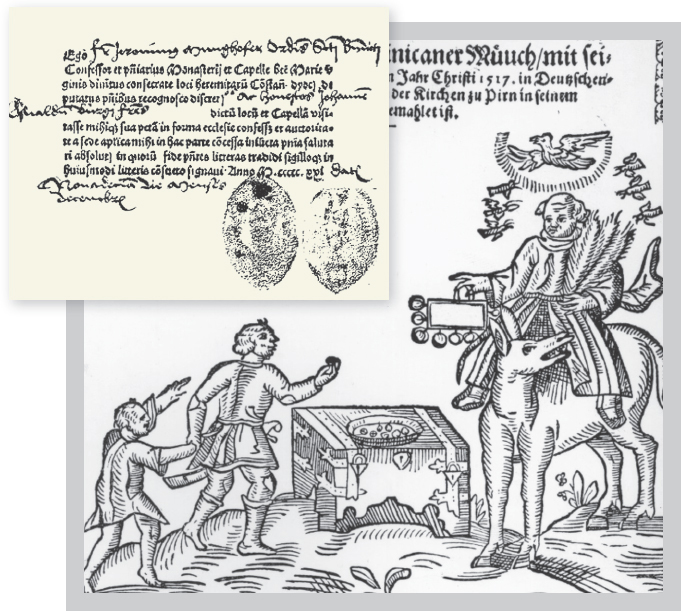What were the central ideas of Protestant reformers, and why were they appealing to various groups across Europe?

Selling IndulgencesA German single-
CCALLS FOR REFORM IN THE CHURCH came from many quarters in early-